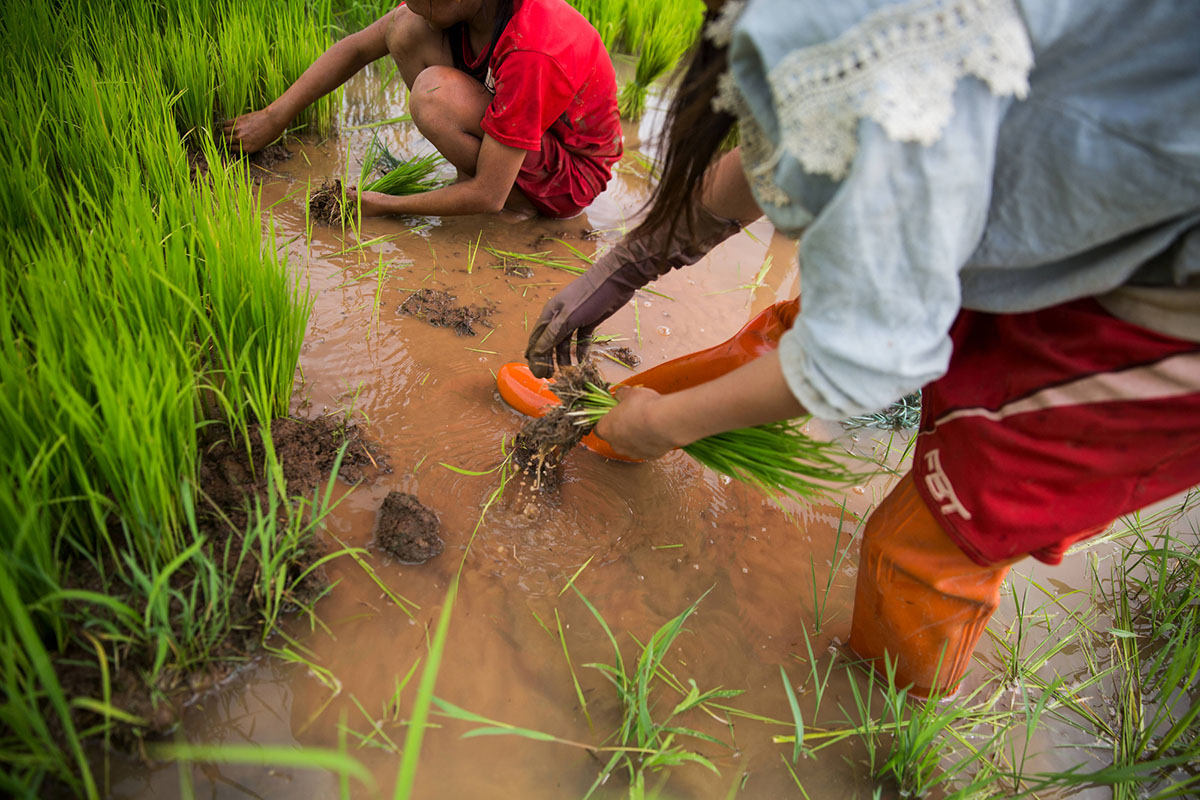Countries that are most in need of more food to feed their impoverished populations tend to be the ones where farmers have the hardest time expanding production.
In low-income nations, agricultural productivity rose at a rate of 1.24 percent annually as of 2017, according to an annual study from the Global Harvest Initiative, a research organisation sponsored by Deere & Co., Monsanto, Smithfield Foods and other businesses and nonprofits. That’s down from last year and less than the 1.75 percent needed to meet food needs in 2050.
“If agricultural productivity growth continues to decline, there will be significant ramifications for the economic vitality and environmental sustainability of food and agriculture systems," Margaret Zeigler, executive director of the initiative, said in a statement accompanying the report. "Farmers in low-income, food-deficit countries will use more land and water to increase their output, straining a natural-resource base already threatened by extreme weather events and climate change.”
The report shows the worst shortfalls in food self-sufficiency in Sub-Saharan Africa, where productivity gains may meet only eight percent of demand. South Asia, Southeast Asia and China also face deficits, while Latin America and North America are regions of surplus. The group measures the gains based on agricultural production that doesn’t use more land or require additional human, mechanical or chemical inputs.
Gains for the productivity measure, called Total Factor Productivity, are more sustainable than other approaches for boosting food output and are thus crucial to feeding a population expected to approach 10 billion by mid-century, Ziegler said.
The group supports improved technology, including precision agriculture and biotech seeds, as a way to bolster crop and livestock production without increasing chemical and machinery use. This year’s report is the fourth consecutive annual index to predict global shortfalls in food supply versus demand. – Bloomberg
